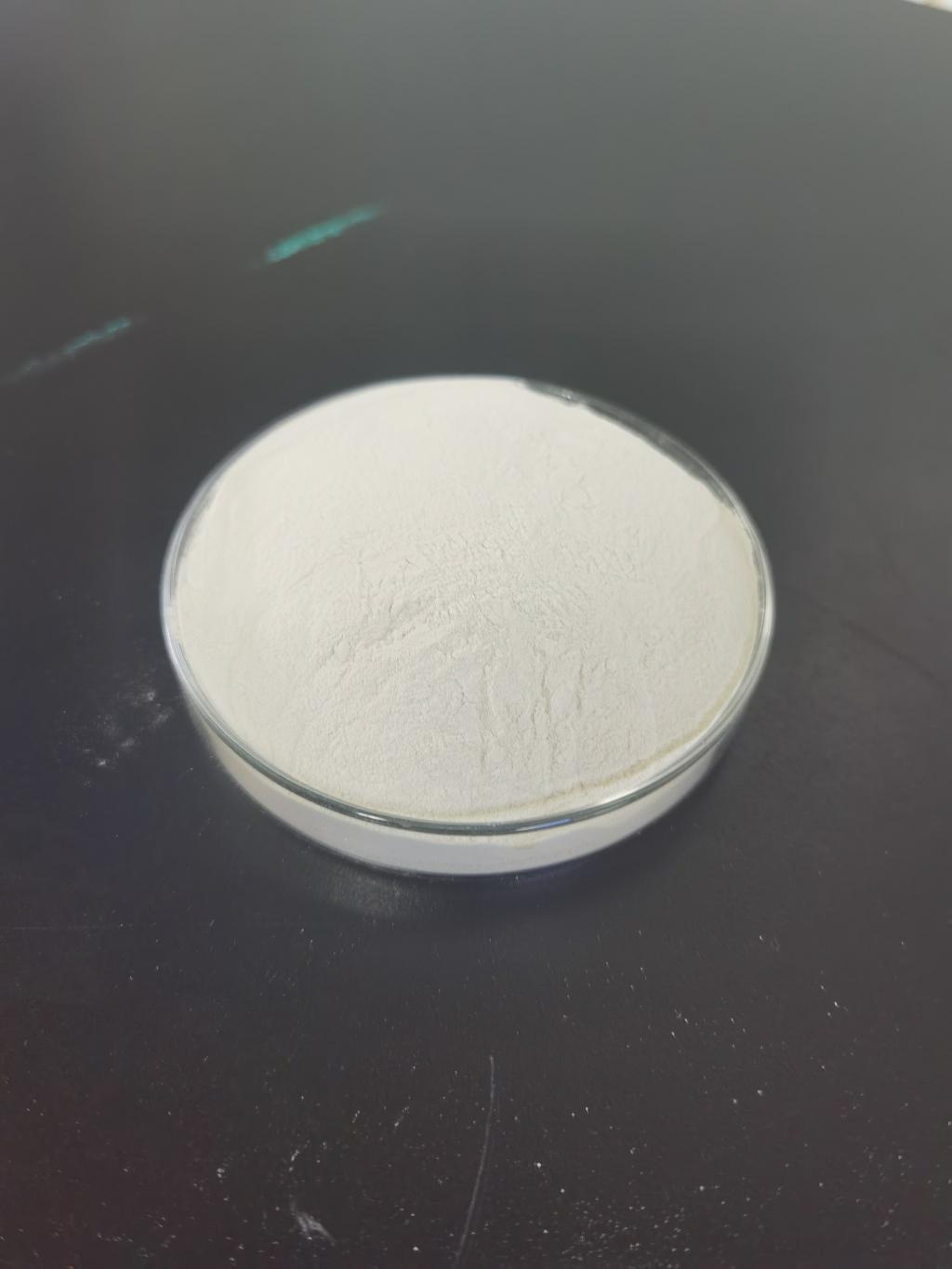Tel:+8618231198596

News
 CONTACT
CONTACT
 CONTACT
CONTACT
- Linkman:Linda Yao
- Tel: +8618231198596
- Email:linda.yao@dcpharma.cn
- Linkman:CHARLES.WANG
- Department:Overseas
- Tel: 0086 0311-85537378 0086 0311-85539701
News
Nisin as a biocontrol agent in agriculture.
TIME:2024-05-16
Mechanisms of Action:
Nisin exerts its antimicrobial activity primarily by disrupting the integrity of bacterial cell membranes. It binds to lipid II, a precursor molecule involved in cell wall synthesis, leading to pore formation and leakage of intracellular contents, ultimately resulting in cell death. This mode of action makes nisin effective against a wide range of Gram-positive bacteria, including plant pathogens such as Xanthomonas spp., Pseudomonas syringae, and Erwinia amylovora.
Applications in Disease Management:
Bacterial Diseases: Nisin has shown promising efficacy against various bacterial plant pathogens, including fire blight (Erwinia amylovora) in apple and pear trees, citrus canker (Xanthomonas citri) in citrus crops, and bacterial leaf spot (Pseudomonas syringae) in tomato and pepper plants. Its ability to control bacterial populations and suppress disease development makes it a valuable tool for integrated pest management (IPM) strategies.
Fungal Diseases: While primarily effective against Gram-positive bacteria, nisin has also demonstrated activity against certain fungal pathogens, such as Fusarium spp. and Botrytis cinerea. Its antifungal properties may contribute to the management of fungal diseases in crops, although further research is needed to elucidate its efficacy and mechanisms of action against fungi.
Environmental Benefits:
Reduced Chemical Usage: The use of nisin as a biocontrol agent reduces reliance on chemical pesticides, minimizing environmental pollution, and reducing human exposure to harmful chemicals.
Preservation of Beneficial Organisms: Unlike chemical pesticides, which can harm beneficial insects, microbes, and other organisms, nisin selectively targets harmful pathogens while sparing beneficial species, promoting ecological balance and biodiversity in agricultural ecosystems.
Future Perspectives:
Despite its potential, several challenges and opportunities exist in harnessing nisin's biocontrol capabilities for agriculture:
Formulation Optimization: Developing effective formulations and delivery systems to enhance nisin's stability, efficacy, and persistence on plant surfaces, ensuring long-lasting disease protection.
Regulatory Considerations: Obtaining regulatory approvals and establishing guidelines for the safe and responsible use of nisin in agriculture, addressing concerns related to residues, toxicity, and environmental impact.
Integration with Other Control Strategies: Exploring synergistic interactions between nisin and other biocontrol agents, cultural practices, and genetic approaches to enhance disease management efficacy and sustainability.
Conclusion:
Nisin holds significant promise as a biocontrol agent for managing plant diseases in agriculture. Its natural origin, broad-spectrum antimicrobial activity, and safety profile make it an attractive alternative to chemical pesticides for sustainable crop protection. With continued research, regulatory support, and industry adoption, nisin has the potential to revolutionize disease management practices in agriculture, promoting environmental sustainability, food security, and human health.
- Tel:+8618231198596
- Whatsapp:18231198596
- Chat With Skype







